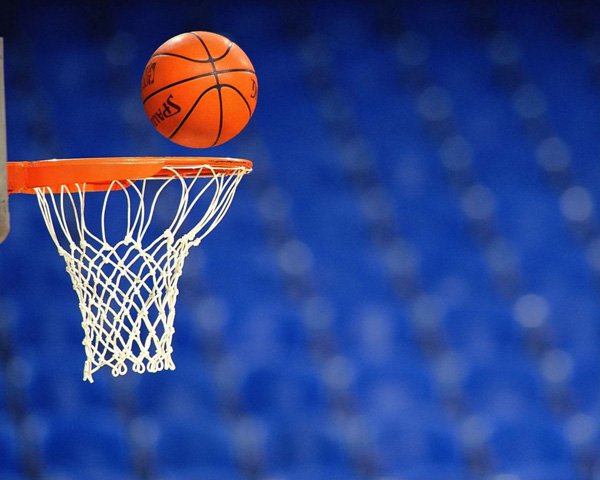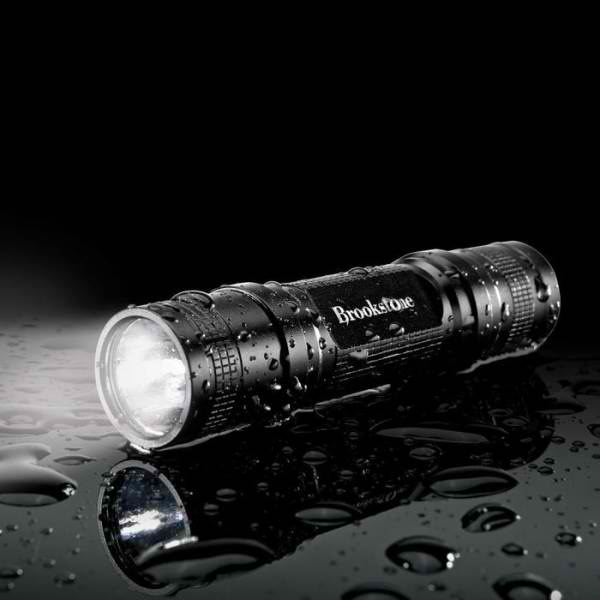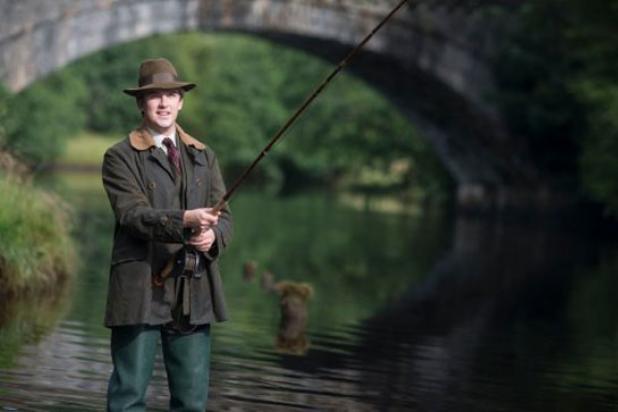Dryland Trampoline Training
Question
QUESTION: Hey Tom, I just graduated from a Division 1 diving program in Maine, where we did not have a whole lot of guidance on the Trampoline. I am now coaching Division 1 in New York State and was wondering if you could help me out in finding some drills and skill techniques to work on using the trampoline..I have been trying to research on my own, but was wondering if you might have some insights or different avenues to travel. Also, I was wondering if there has been anything that you've learned throughout your coaching experience that you feel is so valuable that you would be able to share with me, a beginning coach. Thanks in advance for any help you can give!
ANSWER: Samantha -
I can give you a better answer if you tell me a little more about the trampoline you are using. Ask a follow up question with this information:
The size of the tramp - is it 6 x 12 or 7 x 14? If your tramp is round I don't think I can help you much as those are for recreational purposes.
What type of bed does it have - a single layer basic black one or a white weave 'string' bed?
Does it have metal springs or elastic/bungee type ones?
Does it have an overhead rope/pulley/belt system or are your divers using it without one?
Is it in ground where it is the same level as the floor or is is above ground?
Does it have mats connected around the frame? Are there safety mats on the floor?
Do your divers have any previous experience using a tramp for diving skill improvement?
Any other info you can provide will help.
---------- FOLLOW-UP ----------
QUESTION: Tom - Our trampoline is a 6 x 12 "Goodwin" Super String Trampoline Bed, the bed has 100 (17x33) spring hook attachments. It doesn't have an overhead rope/pulley/belt system, we are using the trampoline without one. We also have a dry board with the pulley system. The trampoline is on the same level as the floor with mats around the frame but no mats along the floor. The divers all have previous trampoline experience and their previous diving coach had them doing lead up somersaults front and back without arm swings, as well as back somersaults with arm swings. We've already worked with multiple bounces, trying to stay in the X area in the middle of the trampoline bed, working with jumps in the middle picking up their hurdle legs and non hurdle legs.
Answer
OK - here are some suggestions an ideas for you and your team:
1. Safety first. To protect yourself as a responsible coach, I would suggest obtaining some floor mats so if any diver loses their balance and lands on the floor, it is on some type of mat so you are demonstrating that you are providing a safe environment. Explain this to your head swim coach so neither of you get sued. I would also suggest that anytime a diver is on the tramp, that they are not alone. Always provide supervision and have the rest of your divers stand around the tramp on all sides so that if someone does lose balance they can be spotted by their team mates.
2.One thing that you may not have heard of that many college coaches are doing with a tramp like yours is to make it less springy. Divers do not need a very tight bouncy tramp bed because the board does not feel like that. What they do is remove every other spring all around the tramp. This will slow the tramp down and allow it to become more in time with how the board works. Divers do not need a lot of height on tramp. What they need to work on is somersaulting speed. A slower tramp bed will allow this to happen. If a diver is on a super bouncy bed, attains a lot of height followed by fast somersaulting, injury rates increase.
3. All divers should know how to do fundamental tramp skills like seat drops, knee drops, hand and knees drops, stomach and most importantly back drops. Here is how they apply to diving:
A. Knee drop followed by a front somersault tuck. On a slow set string bed, the diver works on somersault speed.Land on knees with straight tight back, arms over head and throw hard.
B. Seat drop. A front somersault tuck to a pike out and seat drop landing simulates piking out of a 103C, 403C and 105C etc.
C. Hands and knees drop is used as a safety mechanism. If something is wrong the diver should know how to save a poor landing by going to their hands and knees instead of their feet.
D. Stomach drops. 101C and B to a stomach drop teaches divers vertical takeoffs and helps stop leaning too far out. They should start in the center of tramp and stomach lands in same place feet were on takeoff. Do not do 103C or B to a stomach drop.Could be a poor landing and injury.
E. Back drop is one of the most important ones because divers should know how to do a back 1 & 1/4 tuck and pike. This helps the diver spot the tramp at the 3/4 mark and then kick out to a back drop.The coach needs to hand spot this skill at all times so if the diver over rotates, they do not land on their neck or head. If you do not know how to hand spot, I would not teach this skill.
4. Hurdle drills are important. I have kids do one step hurdles, especially on a bed your size. Start on the frame and hurdle to the center X mark. This can be followed by many of the skills described above.
5. Back presses can be taught by finding a rhythm and timing that will apply to the board. They should do the same press on the tramp that they use on the board followed by 201C/B to a back drop. Again, you need to hand spot any back drop landing.
As far as advice from my coaching experiences, the best thing I can tell you is to teach your divers that success is a journey, not a destination. Divers should not be outcome focused (like meet results or the award stand). They should be process focused and just concentrate on the things that they can control. They cannot control what other divers are doing and they can't do anything about the judges. Just concentrate on the next dive regardless of what happened on the previous dive.
You as a new coach should gather as much information as you can from books, DVD's and any articles you can find. You can also attain knowledge from other coaches. Don't be afraid to talk to other coaches about how they teach dives so you can be a better coach. In diving, we as coaches all learn from each other as the learning process in diving is never ending. No one coach knows everything about diving. There is always something to learn.
Here are some websites to go to to obtain educational materials:
www.usadiving.org. Scroll down the home page and click on Educational Materials under Store. There are some excellent DVD's, books and CD roms that will help you. Ask your head coach for some dollars out of their budget to help you have a better team.
www.aaudiving.org. Click on Merchandise and then Diving Videos. This will take you to a page where on the left hand side you will see a link that says 'Diving(6)' Click on that and you will find videos by Dr. Jeff Huber, coach at Indiana.
www.springboardsandmore.com - Source for coaches to obtain everything they need for diving.
www.diving.about.com - Site to read informative diving articles.
Hope all this helps. Good luck with your season.
core workouts to supplement board time
High School Coaching


